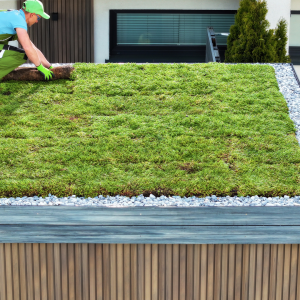Table of Contents
There are several reasons why you may be considering adding a well to your backyard. One of the most popular reasons is to increase your self-sufficiency and decrease your monthly bills. You may simply like the idea of having your own water supply and knowing the quality of your water. Of course, in some cases you may simply be too remote to connect to the main supply and a well is the best idea.
Things to do when drilling a water well in your backyard
Whatever the reasoning, there are several things you need to do when drilling a water well in your backyard.
Verify that you can
Most states allow you to drill a hole and tap into the below-ground water source in your backyard. However, you are effectively accessing the water everyone uses, and any contamination you cause can present problems for other users. That’s why some states don’t allow it and others insist that the well is inspected before, after, and sometimes even during the dig.
It’s important to know what conditions your state has and make sure you comply with them.
Know your water table
The water table tells you how close water gets to the ground in the dry season and the wet season. It gives you an idea of how deep your well will need to be to access water throughout the year.
You may need to drill deeper but this will give you a guide depth. Your local government officials should be able to supply the information you need.
Alongside this, you can check what type of ground you will be drilling through. Going through soil is comparatively easy. However, you’re likely to reach clay and even rock as you drill. In this case, you’re going to need to invest in some rock augers to make the drilling easier.
Line as you go
When the professionals drill well holes they use a specialized liner that slides into the hole with the drill. This effectively shores the sides of the well up and prevents it from collapsing into your water and destroying your hard work. If you’re drilling a water well in your backyard yourself, it’s a good idea to do the same.
Drilling can be a slow process and you’ll want to make sure you don’t overheat or force your drill. Breaking an auger in the hole is never a good option.
Allow for a power supply
Unless you want to spend hours winching a tiny bucket out of your borehole you‘re going to need a pump. This will have to be powerful enough to pump the water up from the ground and into your at-home cleaning facility. You can then filter the water and treat it to make it safe to drink.
Of course, you’ll need the power to run the pump. Consider where your closest power source is and make sure you can run a buried cable to the well and down it to the pump.
It’s also worth spending a few minutes looking at power options, it may be possible to power your pump using a solar panel, improving your self-sufficiency further.




